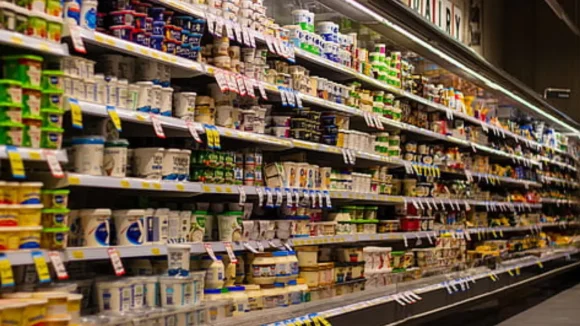E-grocery shares have exploded in the US over the last year, and Walmart is leading the pack. Tracking the progress of online shopping in the fresh produce sector is Brick Meets Click.
Walmart expanded its market share, “creating a difficult environment for regional grocers,” says the American analytics company.
The report Measuring the Online Grocery Market: eGrocery Share in the US revealed that from all of the online grocery shopping done in the second quarter of this year in America, 36% of the customers chose Walmart. The retail giant’s popularity grew by five percentage points compared to the previous year.
Walmart is growing its share at a faster pace
The report found that mass retailers have “eclipsed supermarkets in market share for the third consecutive quarter.”
Speaking to Mercatus Technology on its YouTube channel about this report, David Bishop from Brick Meets Click says, “Walmart is the dominant player overall. Not a surprise. They have roughly 36% share of eGrocery sales in total. Target (retailer) is just under 7%. Both are growing their share, but Walmart is simply doing it at a much faster pace.”
Bishop explains that Walmart’s share in the second quarter of 2022 was 30%. That means it has grown by five to six percentage points on a year-over-year basis when compared to the same period of 2023. “Target had a 6% share in 2022. So they’ve grown by about half a percentage point. So you can see Target is performing much more similar to a conventional supermarket as compared to Walmart when it comes to groceries. But we also need to keep in mind that grocery is overall a larger share of Walmart’s total business than Target,” explains Bishop.
How is Walmart thriving in an economic squeeze?
The impact of the economic pressure on customers and young families is driving them to make smarter, cost-effective decisions regarding their monthly groceries.
“We know from our research that our customers are becoming more value continuous, with many worried about their ability to cover costs, particularly young families and those under 34,” said Australian supermarket chain Coles’ CEO, Leah Weckert, last month.
Purchasing power of US consumers declined by more than 7% in the first half of 2023 and a more than 9% drop in 2022. It’s still linked to COVID-19 financial burdens.
The Brick Meets Click report found that this is the “new normal” for regional grocers, reshaping consumer behavior. Household budgets are getting tighter while the prices of goods are increasing. This is determining where shoppers are purchasing.
Financial constraints continue to shape consumer behavior, including a popular trend of pick-ups instead of delivery.
About the author
Mia is a multi-award-winning journalist. She has more than 14 years of experience in mainstream media. She's covered many historic moments that happened in Africa and internationally. She has a strong focus on human interest stories, to bring her readers and viewers closer to the topics at hand.











